

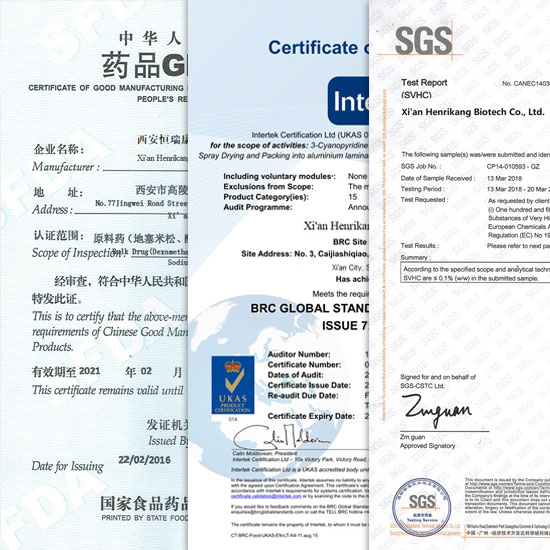



Related Attributes
Product details
Chloramphenicol works by inhibiting bacterial protein synthesis. It reversibly binds to the 50S subunit on the bacterial 70S ribosome, thereby preventing the amino acid terminus of the aminoacyl tRNA from binding to receptors on the ribosome. Thus, the amino acid substrate cannot interact with the transpeptidase and therefore cannot form peptide bonds (see Pratt and Fekety, 1986). Chloramphenicol is usually a bacteriosuppressant, but it can be bactericidal in therapeutic concentrations against common meningococcal pathogens such as influenzae, meningococci, and diplococcus pneumoniae (Rahal and Simberkoff, 1979).
The 70S ribosomes in mammalian mitochondria showed similar physicochemical properties to those in bacterial cells.
Many adverse effects of chloramphenicol, including dose-related myelosuppression and grey syndrome, appear to be due to inhibition of host mitochondrial protein synthesis.
Chloramphenicol is mainly used to treat urinary tract infections, pneumonia, abdominal infection and septicemia caused by sensitive bacteria, as well as external eye drops and ear drops. However, due to its effect on the hematopoietic system, it is no longer the first choice.
Uses of Chloramphenicol.
It is a broad spectrum antibacterial antibiotic, which is the first choice for the treatment of typhoid fever and paratyphoid fever, and one of the special drugs for the treatment of anaerobic bacteria infection, and is secondly used for the treatment of various infectious diseases caused by sensitive microorganisms. Due to serious adverse reactions, it is being used less and less. It is used to treat infections caused by typhoid, dysentery, Escherichia coli, influenza, brucella, pneumococcus, etc.
Verify Legality: Confirm that your intended use complies with all local, state, and national regulations (e.g., FDA, EMA, VMD regulations).
Confirm Alternatives: Ensure that no safer, approved antibiotic alternative is suitable for the case.
Practice Safe Handling: Use gloves, masks, and eye protection when handling the powder to prevent inhalation or skin contact.
Documentation: Maintain strict records of use, including patient/research IDs, batch numbers, and dosages.
Drug interaction of Chloramphenicol.
Chloramphenicol inhibits liver microsomal enzyme metabolism of phenytoin, metobutamide, chlorsulfopropylurea, and biscoumarin (and possibly other drugs), resulting in a prolonged half-life in vivo and increased serum concentration. Aggravated poisoning resulting in death has also been reported. On the other hand, phenobarbital, phenytoin, and rifampicin (Prober, 1985) reduced serum chloramphenicol concentrations, presumably due to the induction of liver enzymes. Therefore, if drugs that may affect the pharmacokinetics of chloramphenicol are used at the same time, attention should be paid to monitoring the serum chloramphenicol concentration.
Chloramphenicol can delay the response of iron, folate and vitamin B12 to anemia treatment. It also interferes with the host's recall response to tetanus toxoid. Therefore, the simultaneous application of chloramphenicol and active immune agents may also be avoided.
Although the antagonistic effect of chloramphenicol on the bactericidal effect of penicillin has been confirmed in vitro and animal experiments, its clinical significance is still unclear. This combination of drugs should only be used if the benefits of such treatment have been demonstrated.

Product Method of Bulk Chloramphenicol Powder.
There have been a lot of researches on the production methods of chloramphenicol all over the world, which can be summarized as follows: (1) p-nitroacetophenone method; (2) styrene process; (3) cinnamyl alcohol method; (4) p-nitrocinnamyl alcohol method; (5) p-nitrobenzaldehyde method. Chloramphenicol was obtained from ethylbenzene through nitration, oxidation, bromination, salting, hydrolysis, acetylation, addition, reduction, decomposition, separation and dichloroacetylation in China.
Frequently Asked Questions.
Q1: Can I use Chloramphenicol Powder to treat my own or my family's infection?
A: ABSOLUTELY NOT. This is illegal and extremely dangerous. Chloramphenicol's severe risk of fatal aplastic anemia and other side effects means it must only be administered under direct medical supervision in highly specific, hospital-based human cases where no other antibiotic works. Self-medication is life-threatening.
Q2: Is it safe to use on my pet?
A: Only under direct prescription and supervision of a licensed veterinarian. A vet may prescribe it for a serious infection in a dog or cat after considering the risks and confirming no alternative exists. Never self-medicate your pet with this or any antibiotic.
Q3: Why is it banned in food animals?
A: To prevent chloramphenicol residues from entering the human food chain (e.g., in milk, meat, eggs). Even trace residues could potentially contribute to the development of antibiotic-resistant bacteria or pose a theoretical risk of adverse effects like aplastic anemia in consumers. Its use is strictly prohibited to ensure food safety.
Q4: What are the signs of Chloramphenicol toxicity?
A: In humans and animals, signs can include:
* Bone marrow suppression: Fatigue, pale gums, easy bruising/bleeding, frequent infections (signs of anemia, leukopenia).
* Gastrointestinal: Vomiting, diarrhea.
* In neonates: Gray Baby Syndrome (ashen color, low body temperature, circulatory collapse).
Q5: How should leftover powder be disposed of?
A: It must be treated as hazardous pharmaceutical waste. Do not discard with regular trash or down the drain. Professionals must follow their institution's or local regulations for hazardous waste disposal, often involving incineration by a licensed contractor.
Proveedor de Materia Prima en Polvo de Cloranfenicol
Поставщик порошка-сырья хлорамфеникола
Fournisseur de Poudre de Matière Première de Chloramphénicol
Lieferant von Chloramphenicol-Rohstoffpulver
Fornecedor de Pó de Matéria-Prima de Cloranfenicol
WHY CHOOES US?

OUR CERTIFICATE
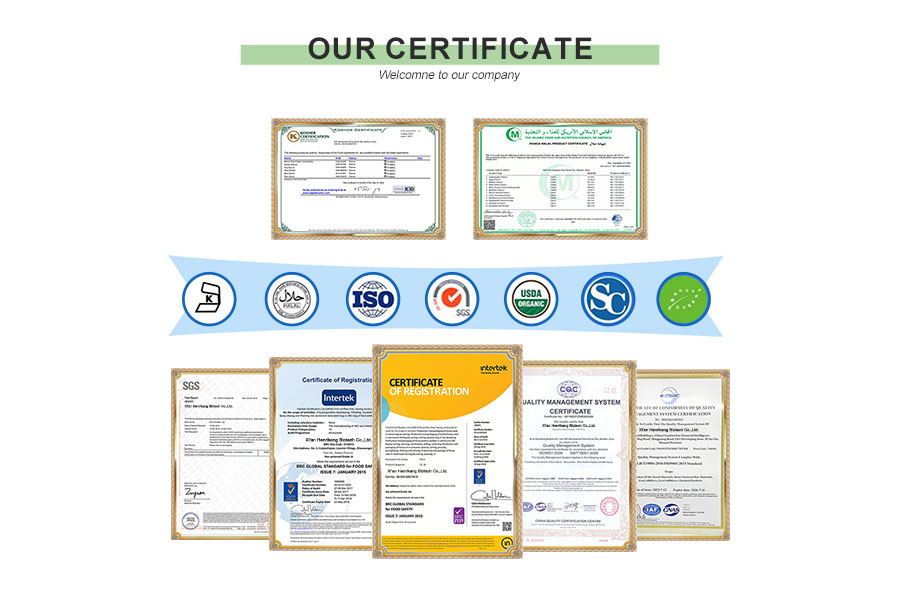
CUSTOM PROCESS
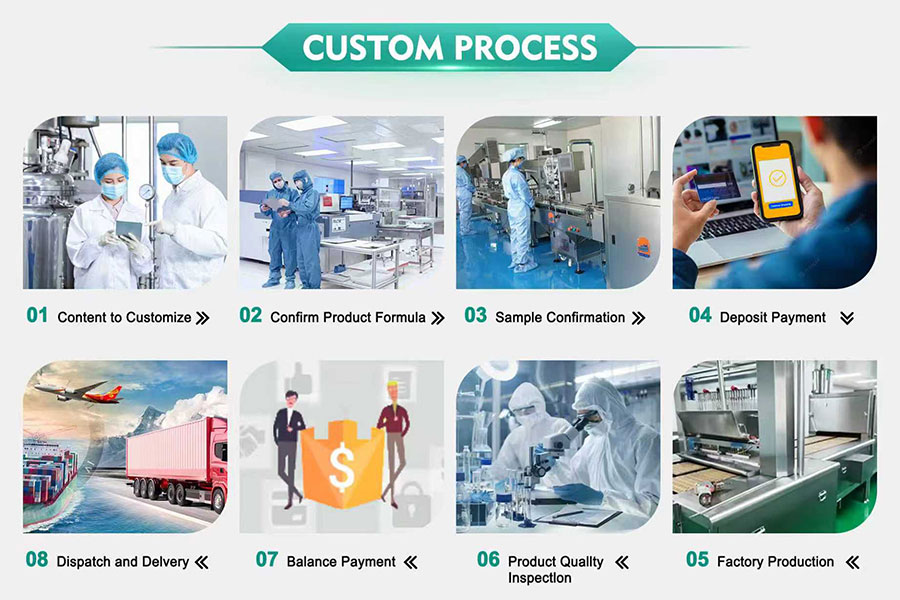
OUR PACKAGE
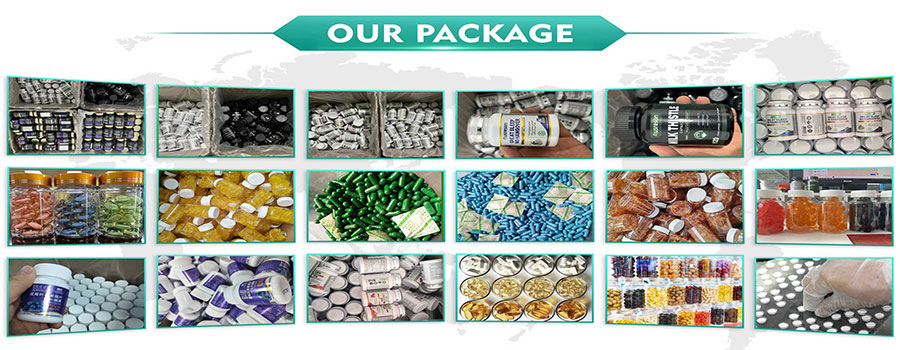
OUR EXHIBITION

OUR FACTORY
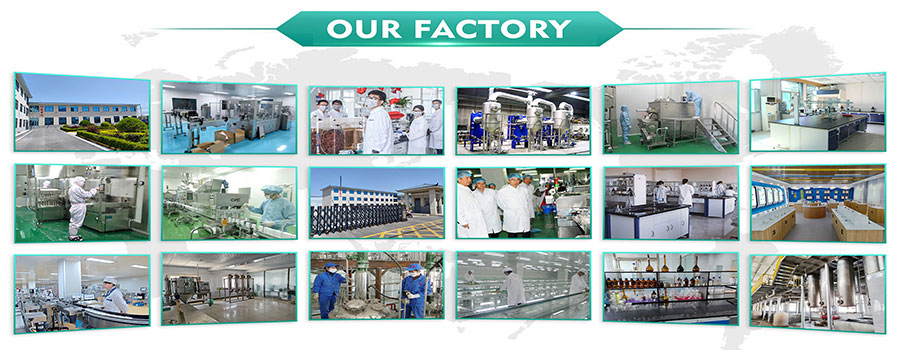
Shipping

Pharmaceutical Intermediate manufacturers
©2022 Xi'an Henrikang Biotech Co., Ltd.,